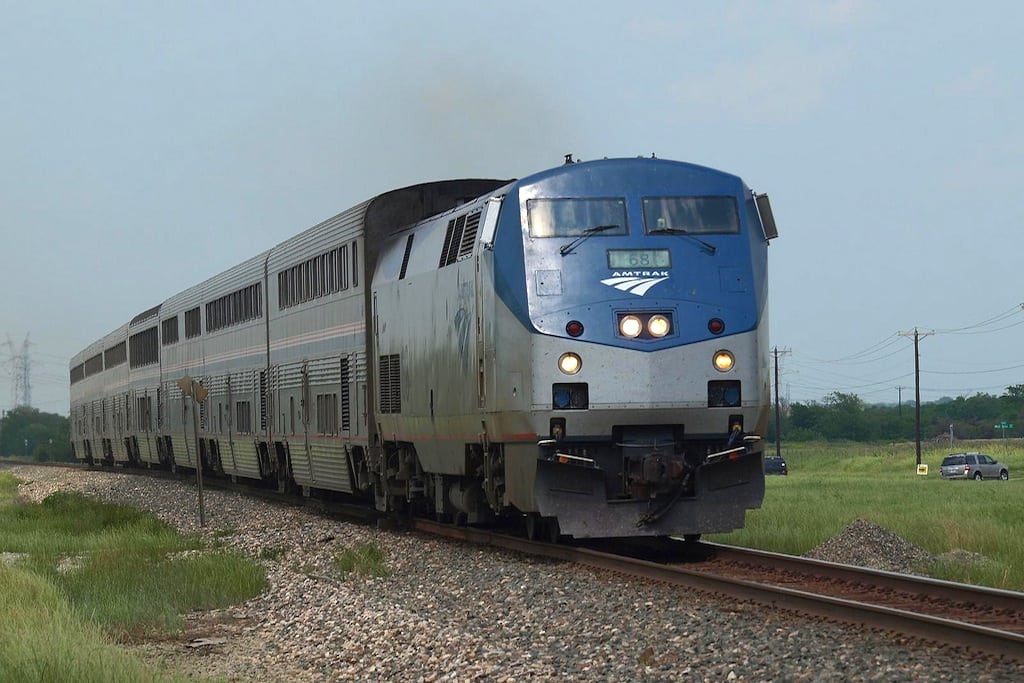Skift Take
This isn't a perfect bill for Amtrak, but at this point it's better than stalling its passage for years because of partisan gridlock.
The annual clash in the U.S. Congress over Amtrak funding is under way as the national rail company faces the prospect of a continued deterioration of its equipment and operations.
The annual fundng battle goes back decades and can get tangled. For example, when one funding reauthorization expired in 2002 it took Congress six years to pass a new bill.
The government doesn’t keep a bank account solely for Amtrak and there’s no dedicated funding set aside for passenger rail each year. Coming up with the monies requires an annual scavenging for funds from other funding bills.
The previous version of the bill, known as the Passenger Rail Reform and Reinvestment Act, was signed into law in 2008 and expired in October 2013, meaning Amtrak hasn’t been funded through an official reauthorization since then.
Some passenger rail advocacy groups, such as the National Association of Railroad Passengers, one of the largest rail advocacy groups in the U.S., say history isn’t on Amtrak’s side with funding reauthorizations but there are plausible solutions to avert a shutdown.
“If it’s going to pass, it’ll be about finding a bigger bill to serve as a vehicle for it,” said Sean Jeans-Gail, vice president of the National Association of Railroad Passengers. “You have the May 2015 expiration of the Highway Trust Fund and the September 2015 expiration of the FAA authorization, and both of those have revenue tied to them in ways rail doesn’t. The main obstacle I see is limited space on the calendar.”
High Speed Rail Plans Delayed?
Rep. Michael Capuano (D-Massachusetts), the highest-ranking Democrat on the House rail subcommittee, told Skift this bill would only maintain the status quo and wouldn’t do enough to advance high speed rail projects along the Northeast Corridor, Amtrak’s busiest route.
Jeans-Gail agrees it wouldn’t be a game-changer.
“The bill also has loopholes in that it includes transfer authorities that lets Amtrak kind of circumnavigate [the stipulation that certain amounts of the reauthorization funding must go directly to the Northeast Corridor], where the average age of equipment used is 28 years old,” said Jeans-Gail. “So all the funds that could be appropriated to the Northeast Corridor likely won’t actually end up there.”
In 2012 Amtrak released its master plan for the Northeast Corridor, the latest version, emphasizing that $52 billion is needed to modernize and improve its infrastructure for high speed rail.
How Much Could Amtrak Get?
Amtrak would be slated to get $7.1 billion over the next four years. About $5.9 billion of that amount would go to Amtrak directly and $1.2 billion would get directed toward intercity rail projects. That breaks down to $1.4 billion for Amtrak in 2016 and rises to $1.5 billion a year by 2019 due to inflation.
Of the $1.4 billion Amtrak could receive next year, $439 million is supposed to be for the Northeast Corridor specifically.
Since the bill wasn’t passed in the last Congress it was reintroduced in the House last month and the House Transportation Committee approved the bill on February 12. It now awaits a House vote and if the bill passes it would be sent to the Senate. A voting schedule isn’t clear at this point.
The Daily Newsletter
Our daily coverage of the global travel industry. Written by editors and analysts from across Skift’s brands.
Have a confidential tip for Skift? Get in touch
Tags: amtrak, congress, rail travel
Photo credit: An Amtrak train near Crowley, Texas. Kurt Haubrich / Flickr
